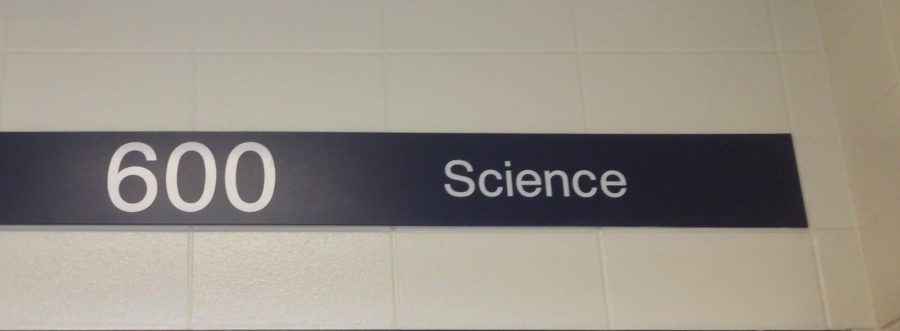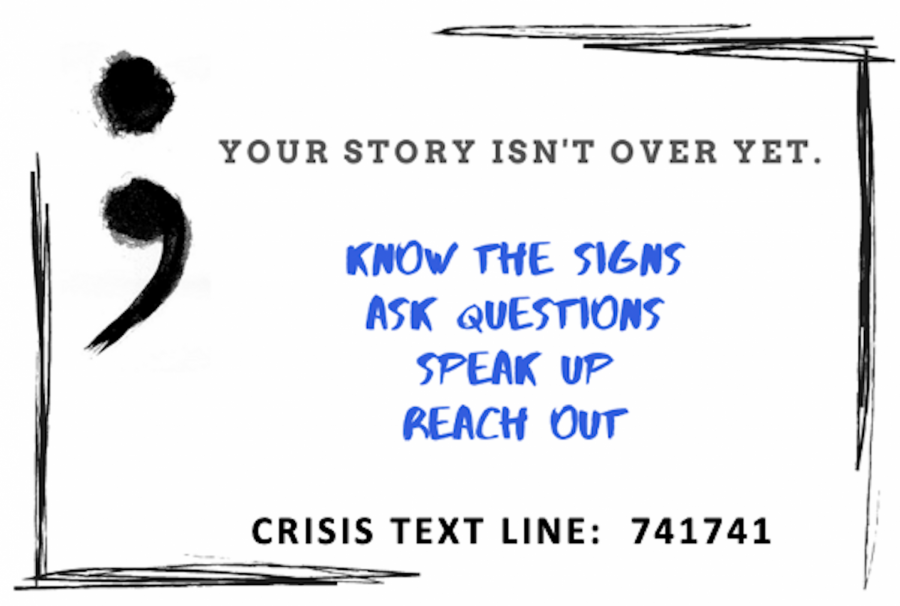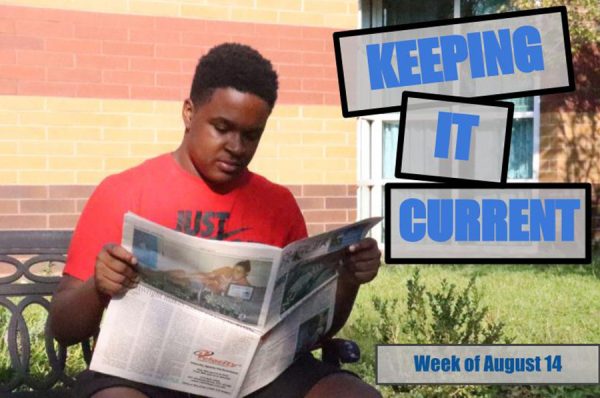Science Department
May 5, 2016
Purpose
- Make students better scientists
- Spark students’ interest in the sciences
- Prepare students for standardized testing
Details
- Twelve teachers in this department
- Five Advanced Placement classes
- Gant is the department chair
Classes offered and teachers
- Gant, Anatomy, Chemistry, Environmental Science
- Michelle Barron, AP Chemistry, CP Chemistry
- Galen Crew, AP Physics 1, AP Physics C, Environmental Science
- Bill Helvig, Earth Systems, Biology
- Robin Huggins, Anatomy, Chemistry
- Chris Kesterson, Biology, Environmental Science
- Staci Killingsworth, Biology, AP Environmental Science
- Craig Martin, Chemistry, Physics
- Kelly Rock, Gifted Biology, AP Biology, CP Biology
- Jeff Schmidlkofer, Physics
- Nicole Trahan, Biology, Forensic Science
- Ann Whitley, Physics
The science department offers core classes that students must have in order to graduate. Students are required to take biology, chemistry, physics and a choice science to fulfill their academic credits.
For their choice class, students have the option to take anatomy, environmental science, earth systems, forensic sciences and various AP classes. To allow students more choice classes they can take, Huggins will teach an epidemiology class next year. A scientific research class will also be added to give students more scientific paths to pursue. The teacher for that course has not been decided.
In addition to teaching the current curriculum, the Mill’s science teachers research new information when there’s been a breakthrough in their field so that they can teach the most relevant information to their students.
For example, there was a recent discovery of a new tendon in the knee, so teachers added this new find to the anatomy curriculum. “We have to be willing to continue to learn about science,” science department chair Dan Gant said.
To add an interactive quality to the curriculum, students do different labs depending on their class. Biology students dissect animals like a squid, chemistry students mix solutions, physics students build simple machines, anatomy students dissect brains and forensic science students create blood spatters.
When teachers aren’t conducting labs, they’re preparing students for final exams. Students take Georgia Milestones and Student Learning Objective tests in some of the science classes.
Through working together creating the best possible curriculum and preparing student for exams, the science department has formed a tight-knit group through working together. “We would be friends if we were outside the building, even if we didn’t know each other,” Gant said.
This close friendship helps both the teachers and students want to learn more and explore deeper. “We’re just trying to make people better scientists,” Gant said.








